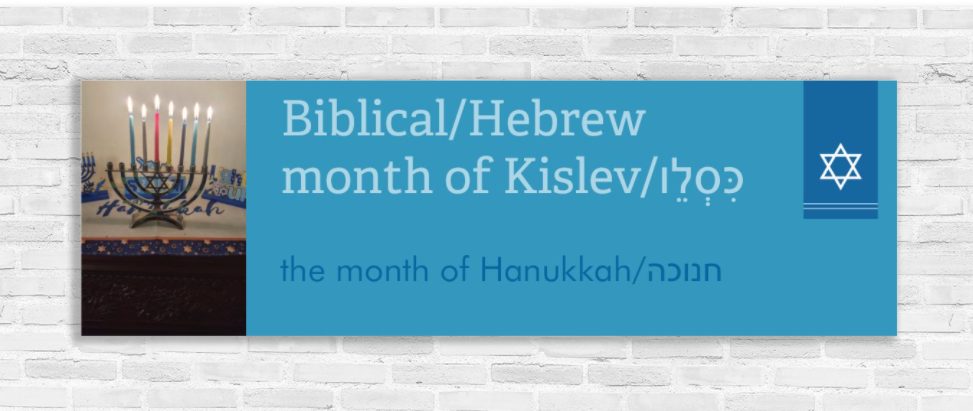Terumah and Shabbat Zachor
On February 20, 2021 0 Comments
- First Fruits of Zion
TORAH PORTION for Shabbat: February 20, 2021
- Terumah (תרומה | Heave offering)
- Torah: Exodus 25:1-27:19
- Haftarah: 1 Kings 5:26-6:13
- Gospel: Mark 12:35-44
* Special readings for Shabbat Zachor are applicable this Shabbat.
- Shabbat Zachor (זכור | Remember)
- * Maftir: Deuteronomy 25:17-19
- * Haftarah: 1 Samuel 15:1-34
- Gospel: Mark 6:14-29

Rending of the Veil, by William Bell Scott, 1869 (Image: Wikimedia Commons Public Domain/Gallerix.org)
The Tearing of the Veil
You shall hang up the veil under the clasps, and shall bring in the ark of the testimony there within the veil; and the veil shall serve for you as a partition between the holy place and the holy of holies. (Exodus 26:33)God commanded that a veil should be made to separate the holy of holies from the holy place. According to the Gospels, the veil tore into two pieces when Yeshua breathed His last upon the cross: “And the veil of the temple was torn in two from top to bottom” (Mark 15:38).
Bible teachers usually interpret the tearing of the Temple veil as a sign of God’s displeasure with the people and the Temple, but according to Hebrews 10:19-20, the veil symbolizes the Messiah’s body. He is the veil. As the life was rent from His body, the curtain was rent with the result that we might have access to the throne of glory in the supernal Temple through Him. This is not the same as abrogating the Temple worship system; rather, the rending of the veil vividly dramatized what the death of Messiah accomplished for us: access to God through the Messiah’s suffering.
Embroidered upon the veil were two cherubim. The cherubim invoke the imagery of the Garden of Eden and the way to the tree of life, as it says in Genesis 3:24, “And at the east of the garden of Eden He stationed the cherubim and the flaming sword which turned every direction to guard the way to the tree of life.” The cherubim on the veil stood sentry in front of the holy of holies like the two cherubim that guard the way to the tree of life (immortality) and the Garden of Eden (paradise). As the curtain was rent into two pieces, the tear created a path between the two cherubim, symbolizing the way back to Eden.
David Daube interprets the tearing of the veil as an expression of God’s sorrow. Rending garments is a Jewish mourning rite. When Elisha saw his teacher Elijah depart, he “took hold of his own clothes and tore them in two pieces” (2 Kings 2:12). Some manuscripts of Mark 15:38 make an allusion to 2 Kings 2:12 explicit by reading, “the veil of the temple was torn in two pieces.”
The sages commented on the story of Elisha rending his garments and enumerated several tragedies for which one should rend his garments into two pieces and leave them forever after un-mended. They include the death of one’s father or mother, the death of one’s teacher, the burning of a Torah scroll, and the destruction of the Temple or Jerusalem.
The Talmud also states that if one witnesses someone “breathe his last,” he must rend his garments:
Rabbi Shimon ben Eleazar says, “One who stands near the dying, at the time when he breathes his last, he is duty bound to rend his garments.” (b.Bava Meitza 25a)The Gospel of Mark delivers the same sequence in the same type of language: “He breathed His last, and the veil of the temple was torn in two from top to bottom” (Mark 15:37-38). The Temple curtain can be likened to the garment of God:
If it were not written in the Scripture [Lamentations 2:17], no one would dare to utter it: “The LORD has done what He purposed, which He commanded from days of old; He has rent His purple garment.” (Pesikta Rabbati 27:2)
Return to Torah Readings








Comments are Disabled